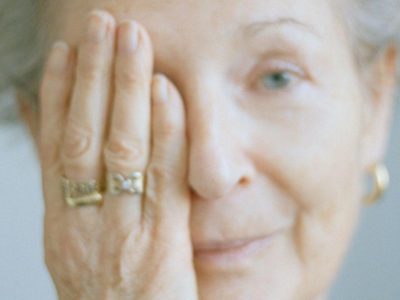We Are the Ones Turning — Ana Zibelnik Reflects on the Ideas of Death and Time
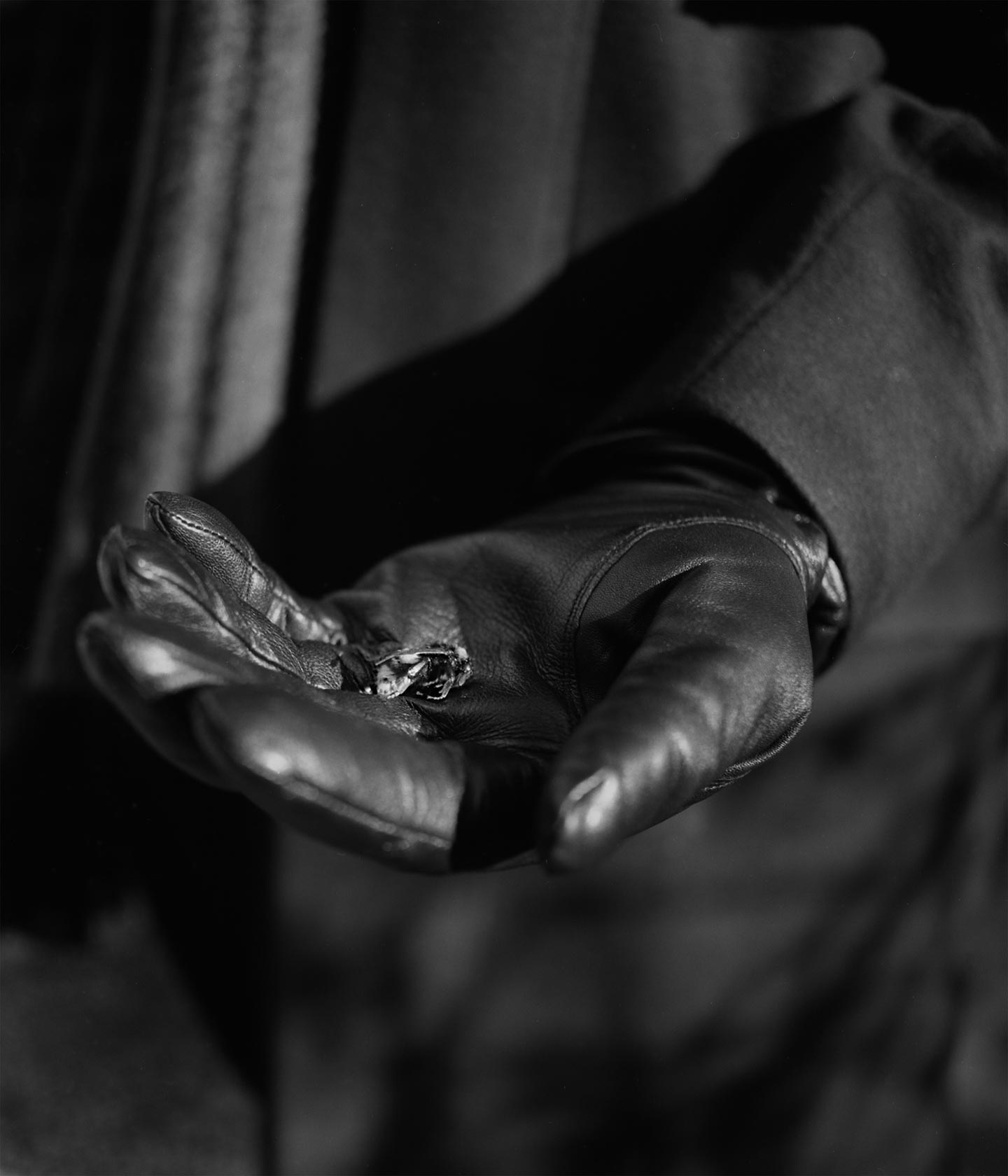
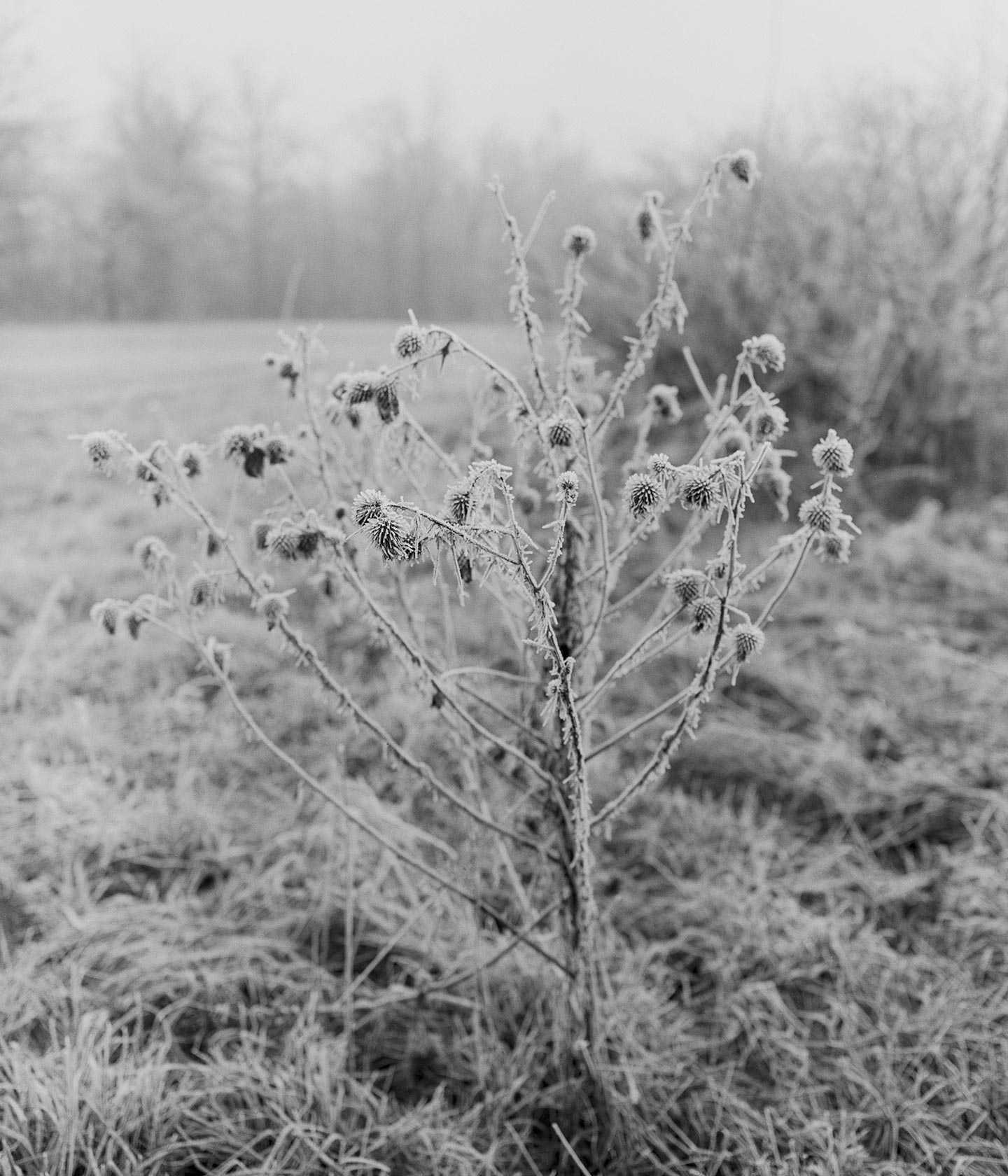
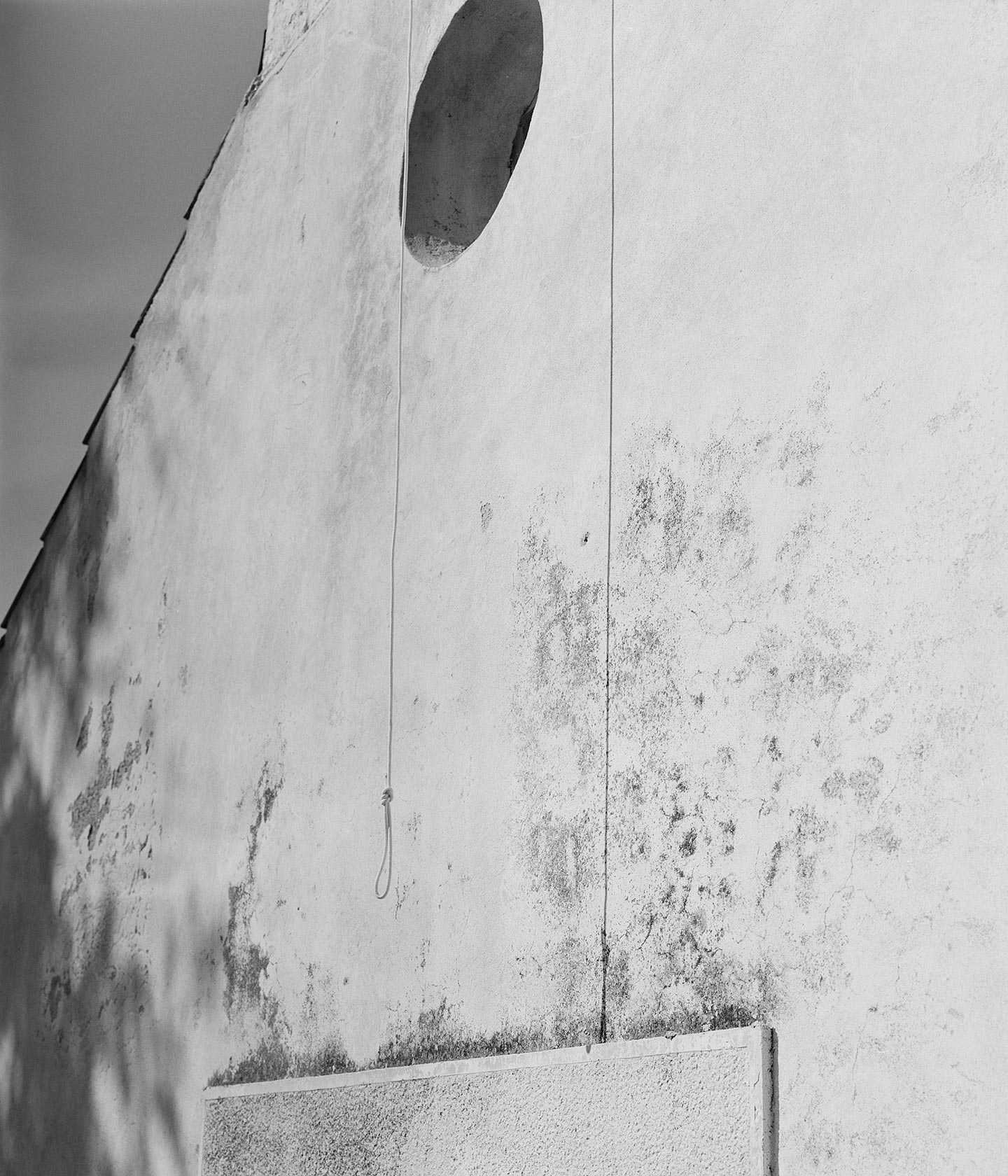
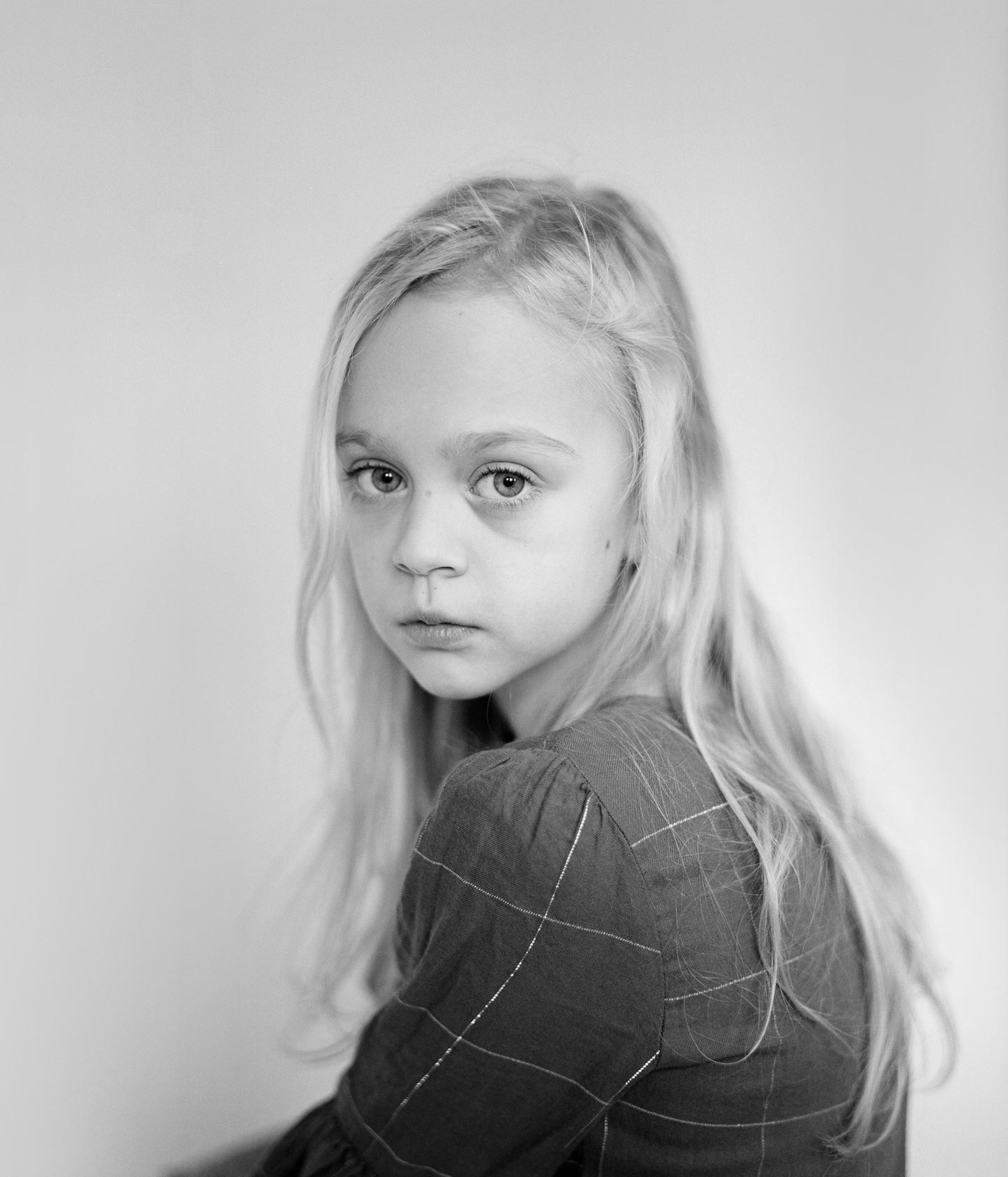
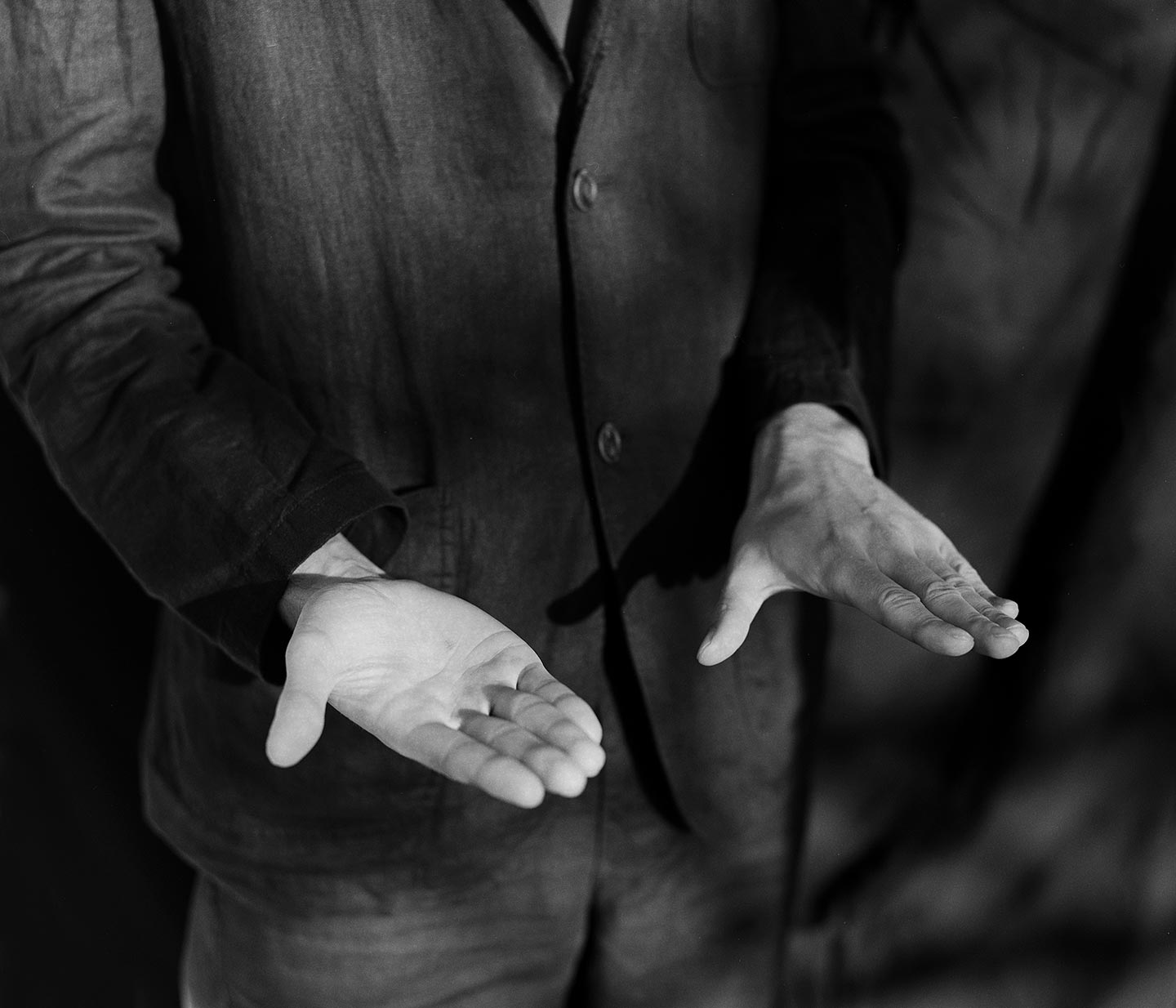
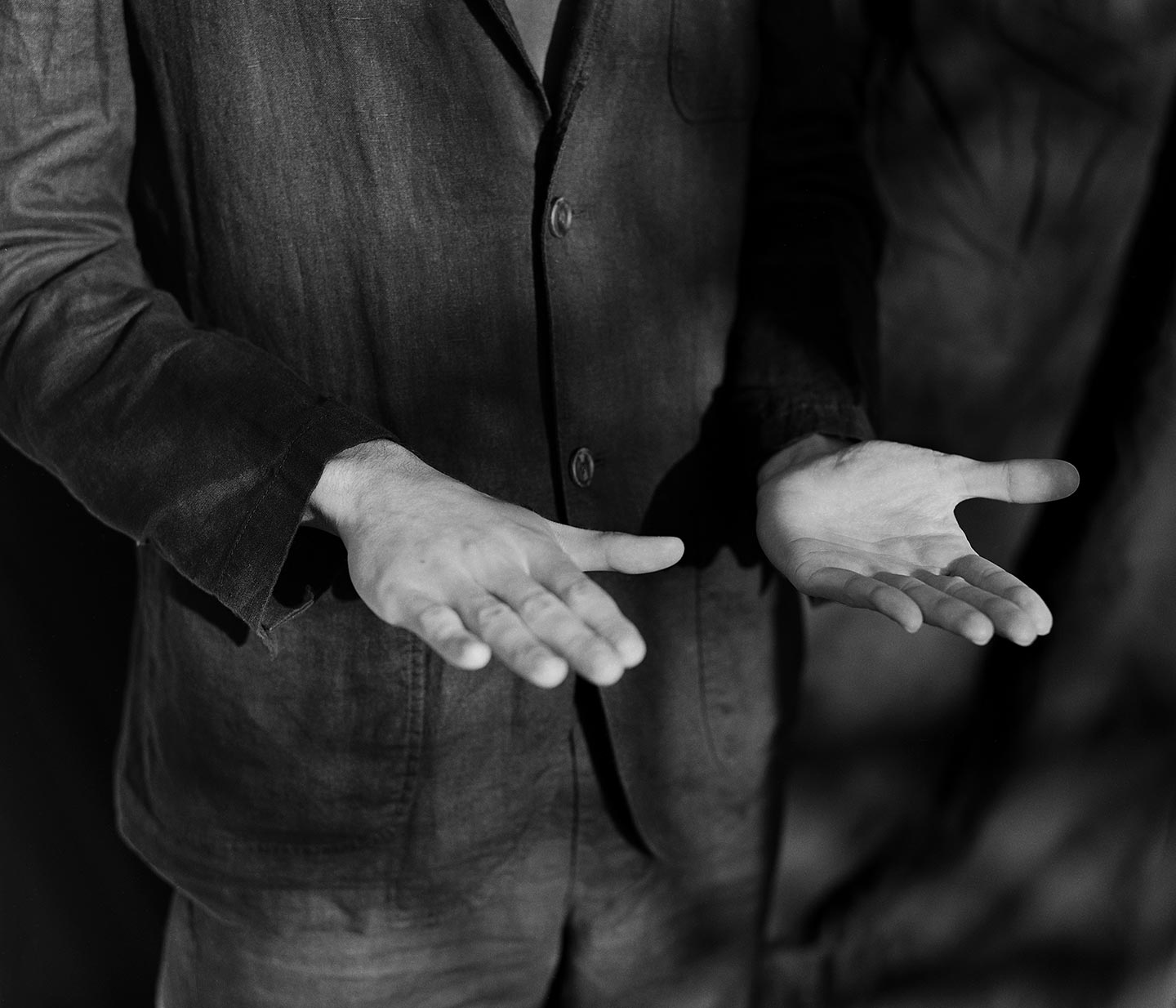
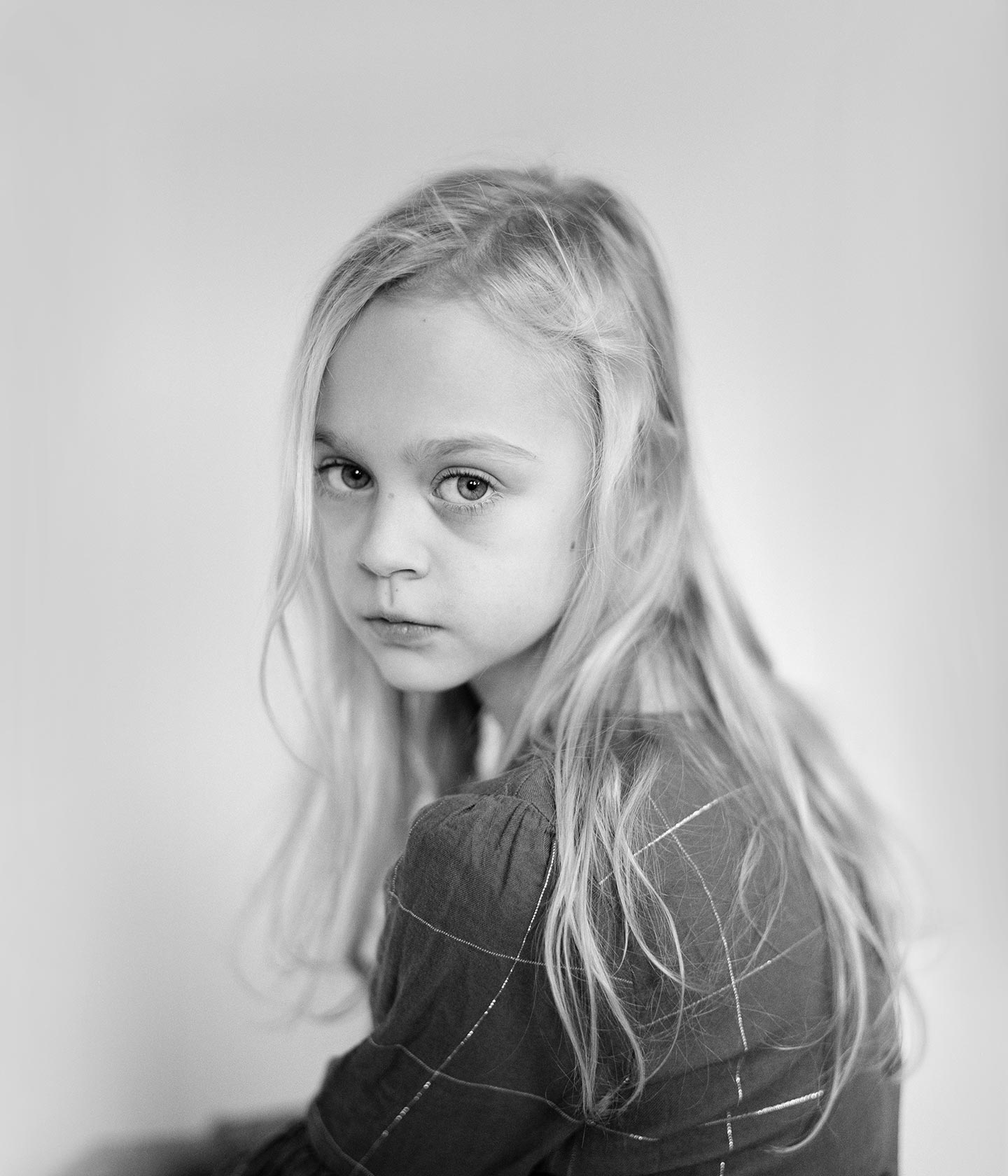
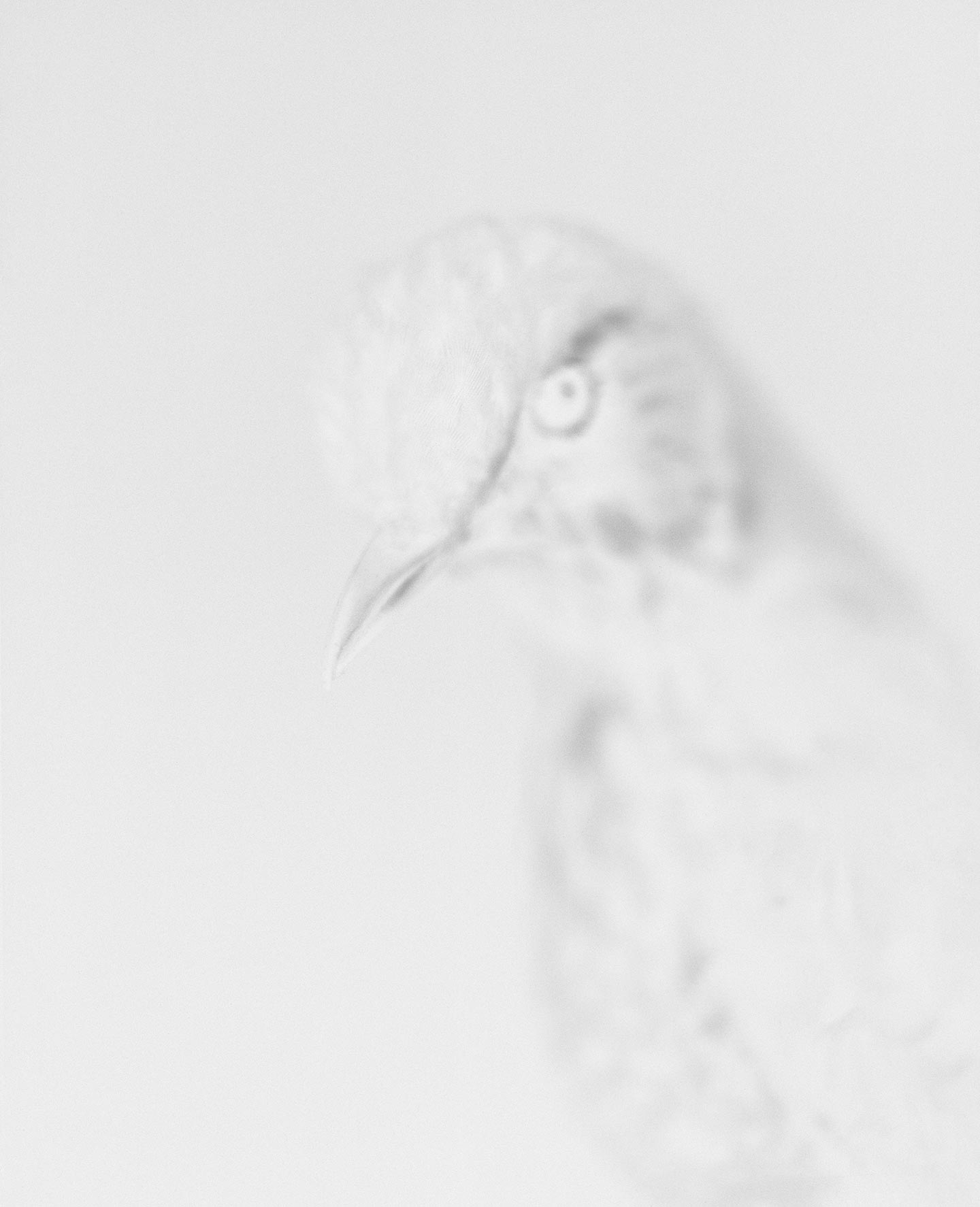
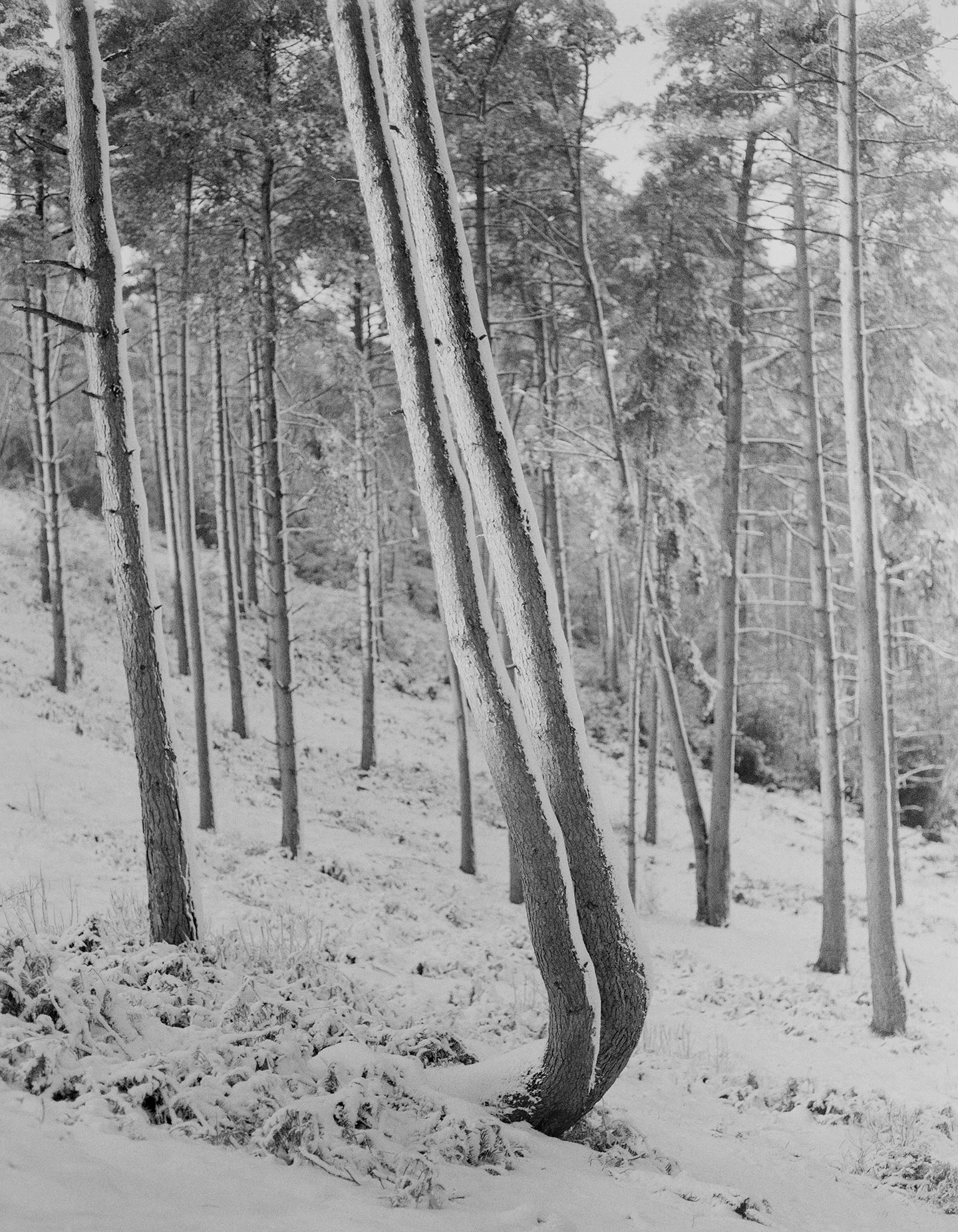
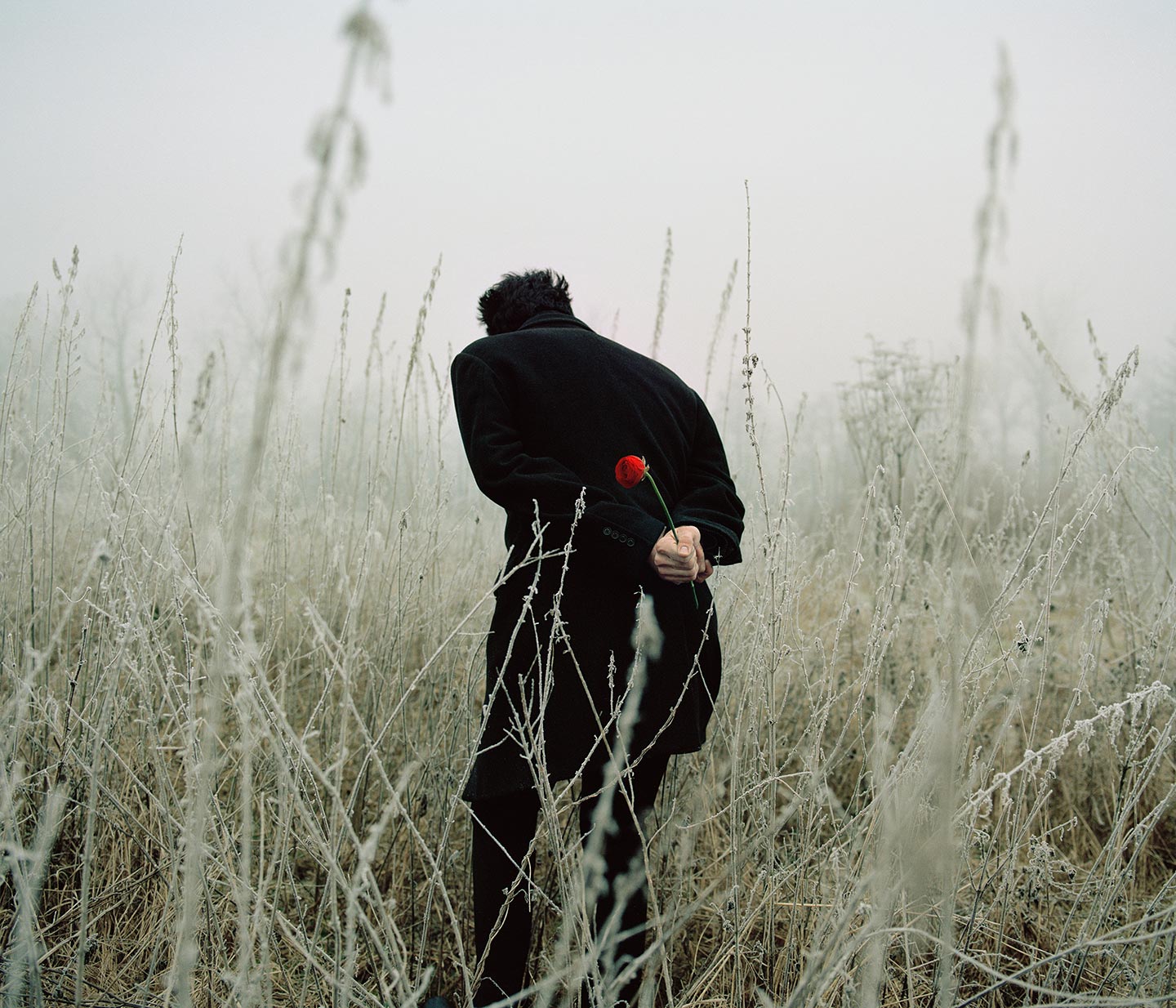

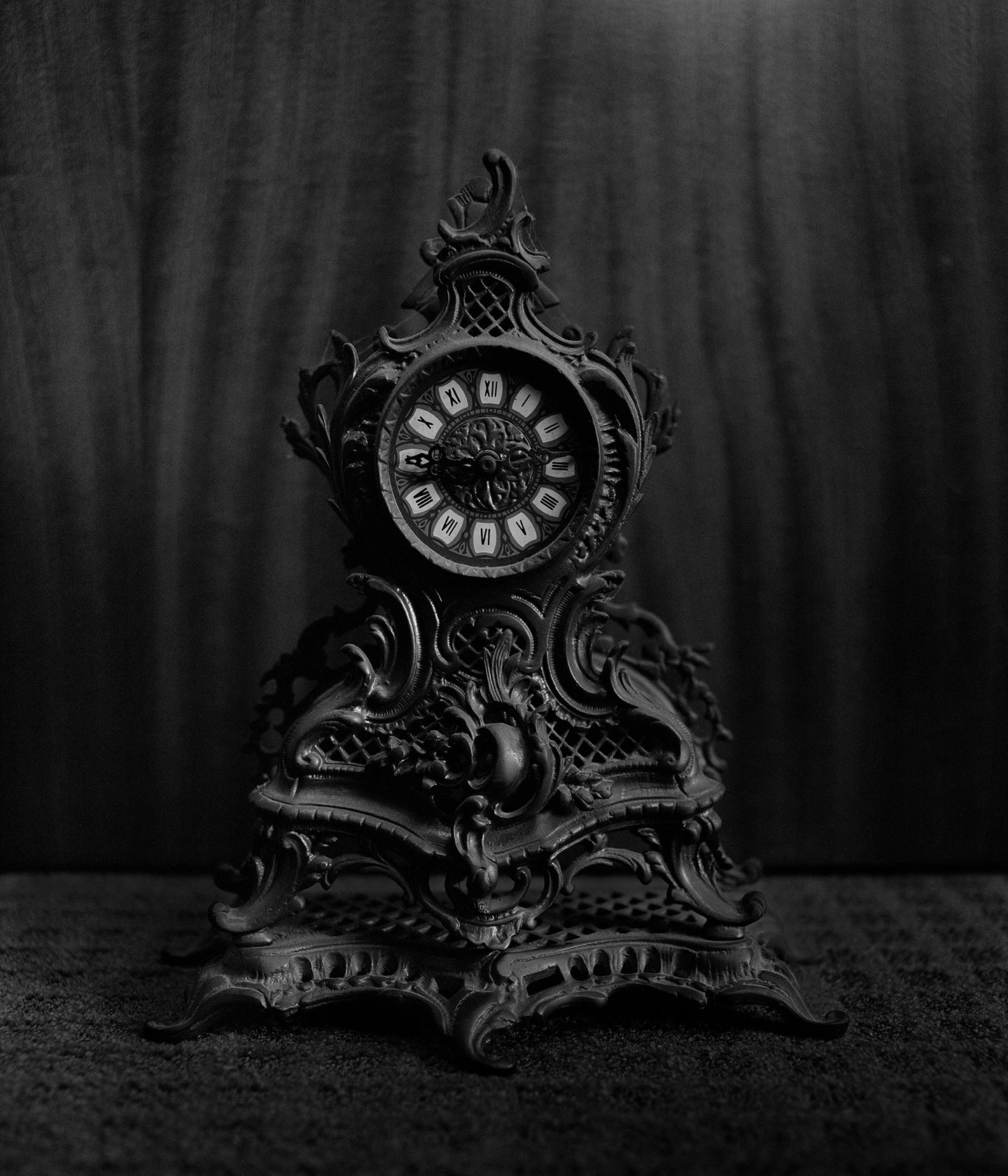

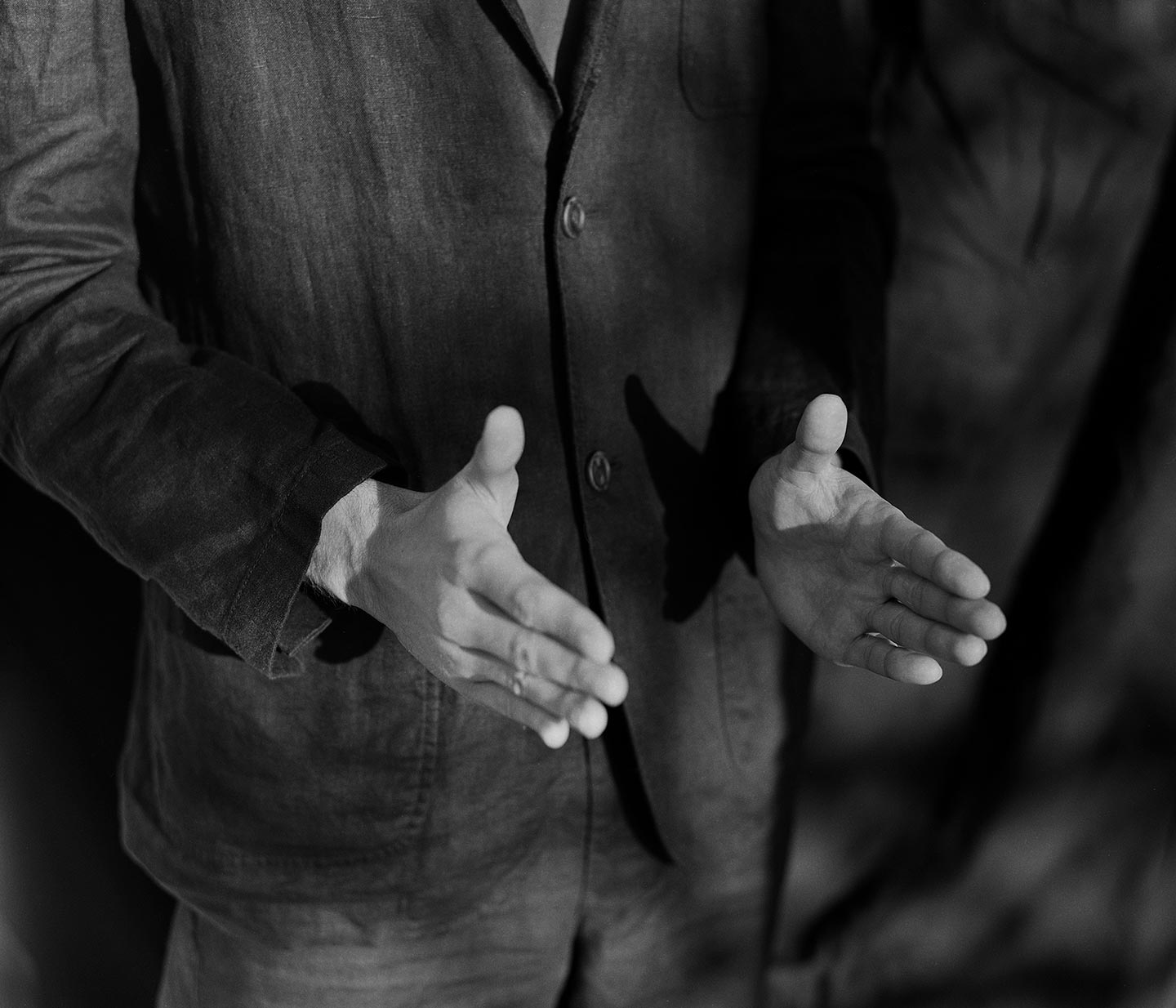

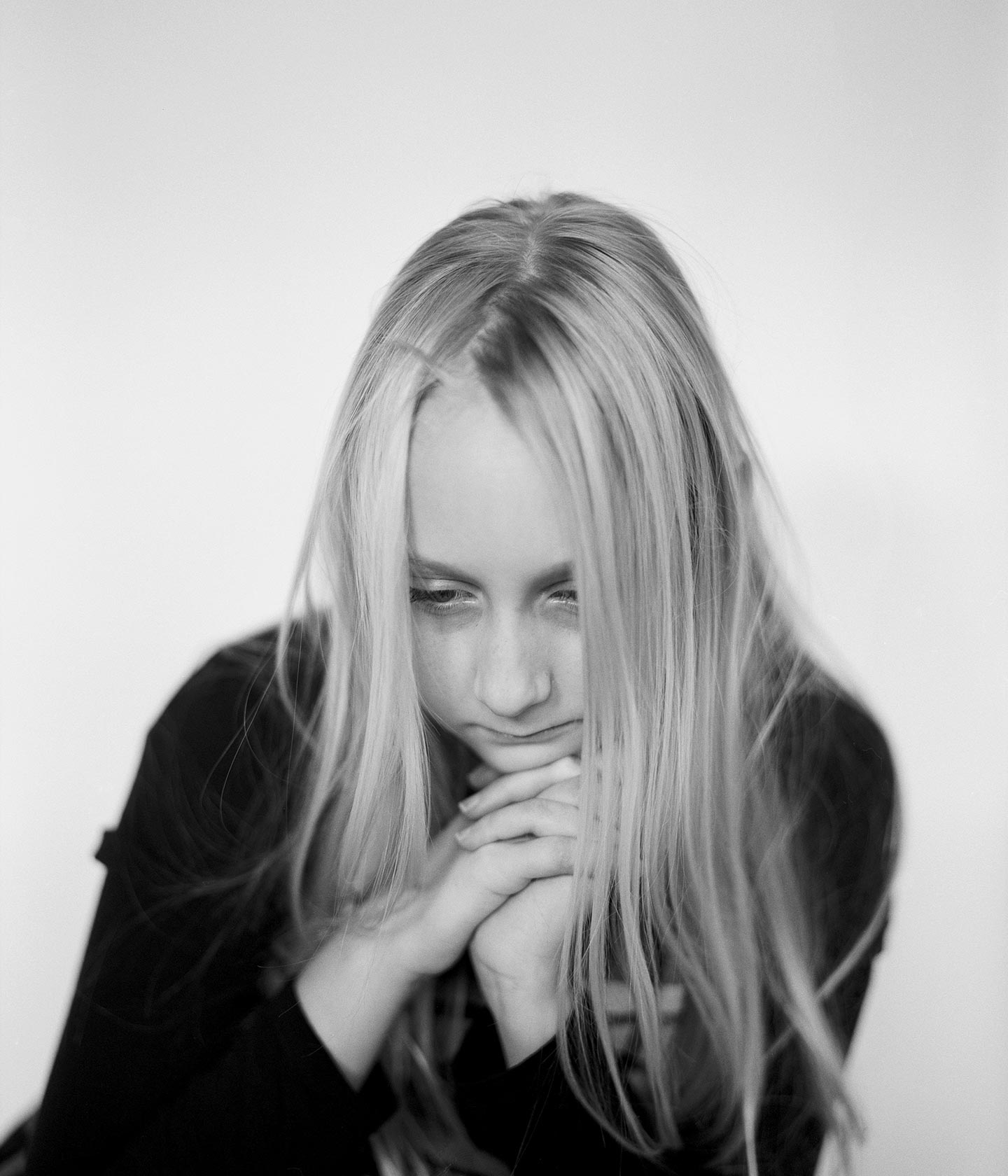
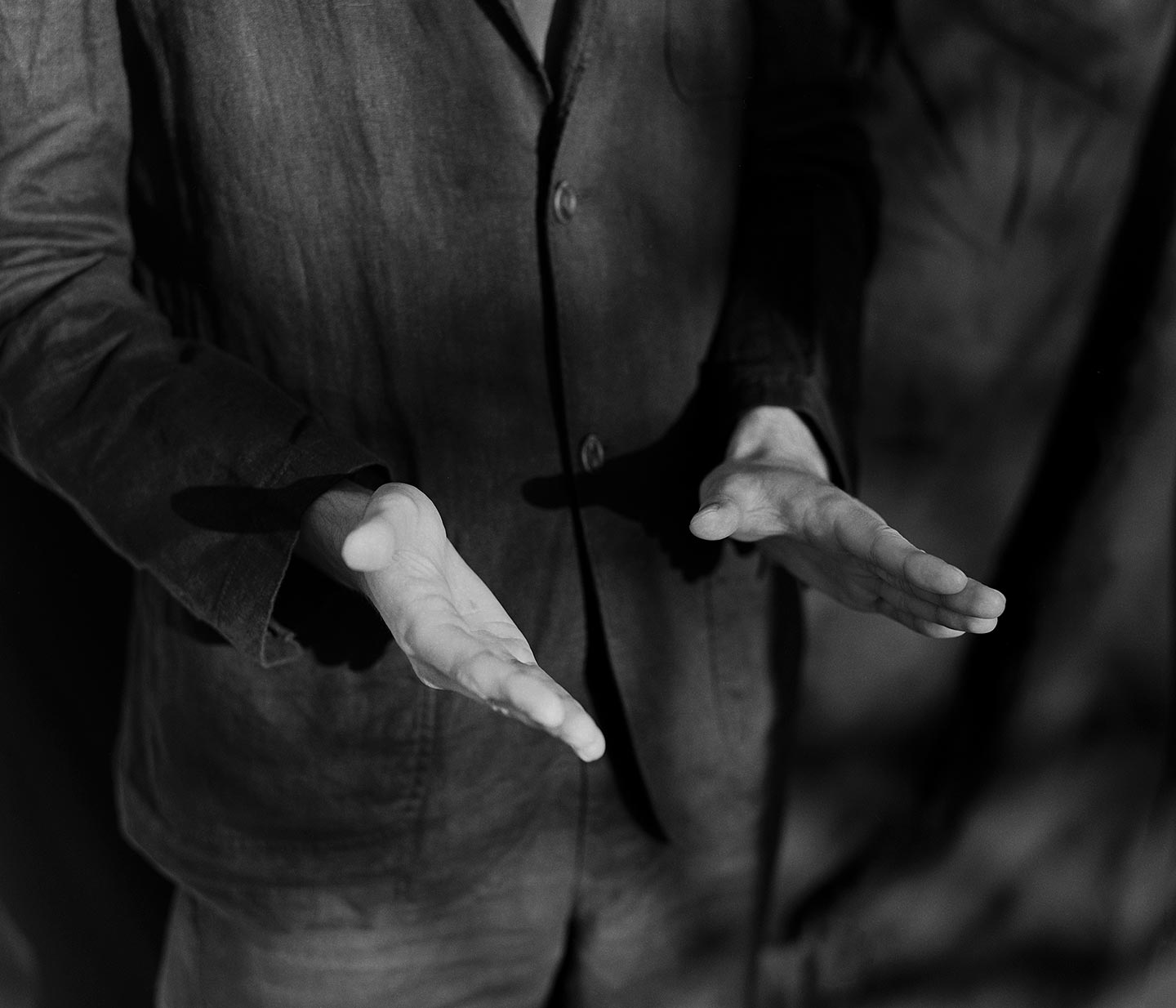
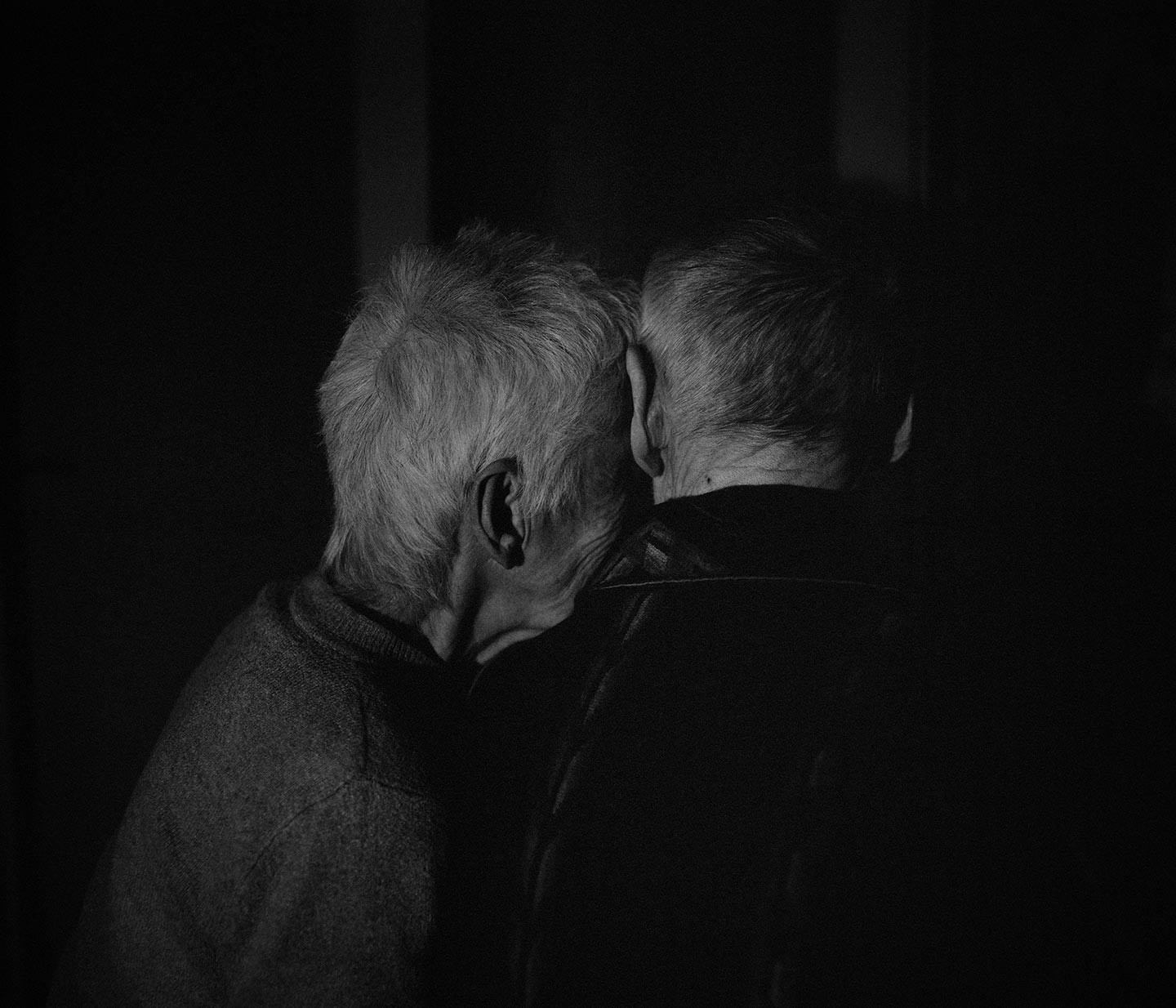
We Are the Ones Turning by 24 year-old Slovenian photographer Ana Zibelnik is a conceptual photography series, she says, “about the experience of time, which is the experience of being mortal. It aims to show those moments of heightened awareness that punctuate through the everyday and can appear to us as completely surreal. An important aspect of it is also the clash between scientific time—the orderly and predictable time of a clock—and phenomenological (felt) time.”
Besides having long been interested in such ideas, there were two circumstances that led Ana to initiate We Are the Ones Turning: “In 2017, I spent a lot of time researching and documenting Blue Zones [the name given to a few areas in the world where the population generally lives longer than anywhere else], meeting people who were extremely old but very much at peace with death. Later on, last September, I started studying at Leiden University and at some point the notion of transhumanism and overcoming the limits of humans became really present in class debates. My understanding of these things might still be too narrow, but the prospects scare me nonetheless. In this respect, the essay The Last Mortals by philosopher Regina Rini was very significant for me: in it, the author speculates that we might be the last generation doomed to die, and questions the meaning of death after it has ceased to be inevitable. I realized how much I or even the world in general don’t want death taken away from us, and how everything that is important to us (such as love and friendship) can only exist within the framework of time—in knowing that we have a very limited amount of it.”
Ana did a lot of research before starting to work on the project: “I wanted to build a strong theoretical base first. Physicist Carlo Rovelli’s essay The Order of Time helped me grasp the different ways in which time has been conceptualized; This Life: Secular Faith and Spiritual Freedom by philosopher Martin Hägglund has given me many hints as to why it is important to spend a moment consciously thinking about such topics, and that there was a point in even pursuing my project. Finally, Martin Heidegger’s understanding that death is a uniquely human concept, and that we always experience time through our own mortality, which is perhaps the idea most present in the images.”
“I was, of course, only hoping to familiarize myself with the many interpretations that have been given of these concepts” Ana says, “get attuned to these concerns—perhaps our biggest concerns, at once very intimate and universal—rather than trying to get to the bottom of them. Once I started to photograph, my approach became much more emotional. Some images are staged, but the motives are almost always linked to my own memories and encounters with death, which also means they have a strong connection to Slovenia, my home country. I live in the Netherlands now and I initially wanted to shoot the project here, but I could only photograph when I was in Slovenia. However, I don’t think this necessarily makes it a personal project. I simply believe it is the only way to touch upon something universal in an effective manner: by being completely honest in what you photograph. The last thing I added are the four images of hands turning, perhaps the most conceptual part of the work. The gesture the hands are doing means ‘death’ in American sign language. I think it is a very strong and telling gesture, especially when used repetitively.”
Visually, Ana was inspired—although not directly influenced—by Robert Bresson’s films (“The way he frames, his simplicity, his very plain but powerful rendering of the human experience“) and Edvard Munch’s woodcuts (“I was always fascinated by how he captures so much emotion with so very few lines“).
“The best that I can hope for is for them to be moved” Ana says about how she wishes viewers reacted to We Are the Ones Turning. “Not necessarily by discovering anything new but, ideally, by revisiting memories that otherwise wouldn’t easily resurface. Personally, I find this the most valuable experience that art can give us, but also one I often miss. I can’t say there is no narrative and no background stories behind the images, but whether they are followed or not doesn’t matter so much. If there is just one image from the series that will reach out to somebody, to their fragility; if it can invoke one of those moments in life that happen spontaneously and usually quite unexpectedly—when we realize we have absolutely no control over time—the goal is reached. I don’t like the idea of death as a disease, as something that can and has to be treated and pushed away at all costs. I guess I wanted to make the spectators face it, although on a very small scale.”
Ana is interested in the photographic medium “precisely because of its obvious relation with death and time. I might do other photo-based projects in the future, but they will always be grounded in these ideas.” Cinema has been a great influence on her practice: “When I started photography, I was working at a small independent cinema in Ljubljana, where I was sometimes required to watch the same film for five times. Every time I would pay attention to a different thing: the framing, the structure of the screenplay, sound, dialogues, or even how the viewers reacted to it. It was kind of an externally imposed cinematic obsession, but also a wonderful, invaluable exercise.” Some of her favorite contemporary photographers are Matthew Genitempo, Tereza Zelenkova, Robin de Puy, as well as Max Pinckers and Bieke Depoorter, “despite their two approaches being radically different from my own. I really respect it when somebody uses the medium in such an intelligent way.” The last photobooks she bought were Continuum by Paul Cupido and La Mue by Ayline Olukman.
Ana’s #threewordsforphotography are:
Melancholy. Stillness. Presence.
Keep looking...

Catherine Hyland Captures the Touristification of China’s Barren Natural Landscapes
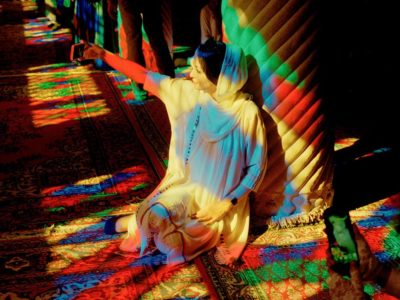
Ten Female Photographers You Should Know — 2020 Edition

FotoFirst — In Love and Anguish, Kristina Borinskaya Looks for the True Meaning of Love
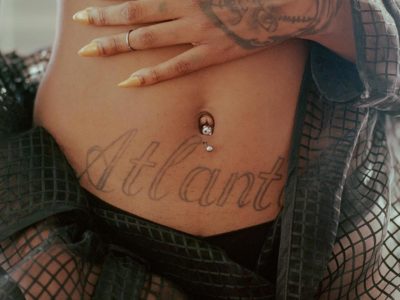
Vincent Desailly’s Photobook The Trap Shows the Communities in Atlanta Where Trap Music Was Born
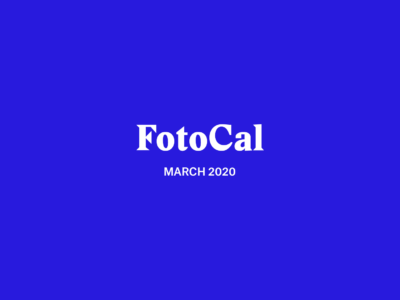
FotoCal — Photography Awards, Grants and Open Calls Closing in March 2020
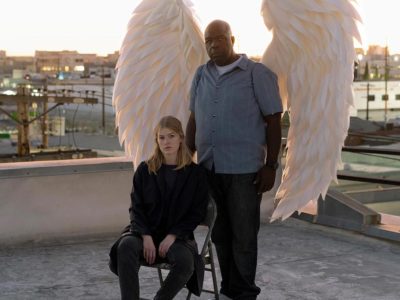
Louis Heilbronn Uses Portraits, Theatrical Images and Drawings to Explore How a Myth Is Created
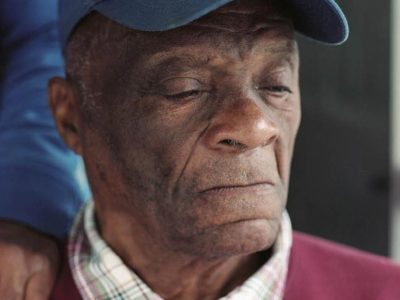
FotoFirst — Olga Sokal Photographs Lynch, a Small U.S. Town Suffering from the Decline of Coal
